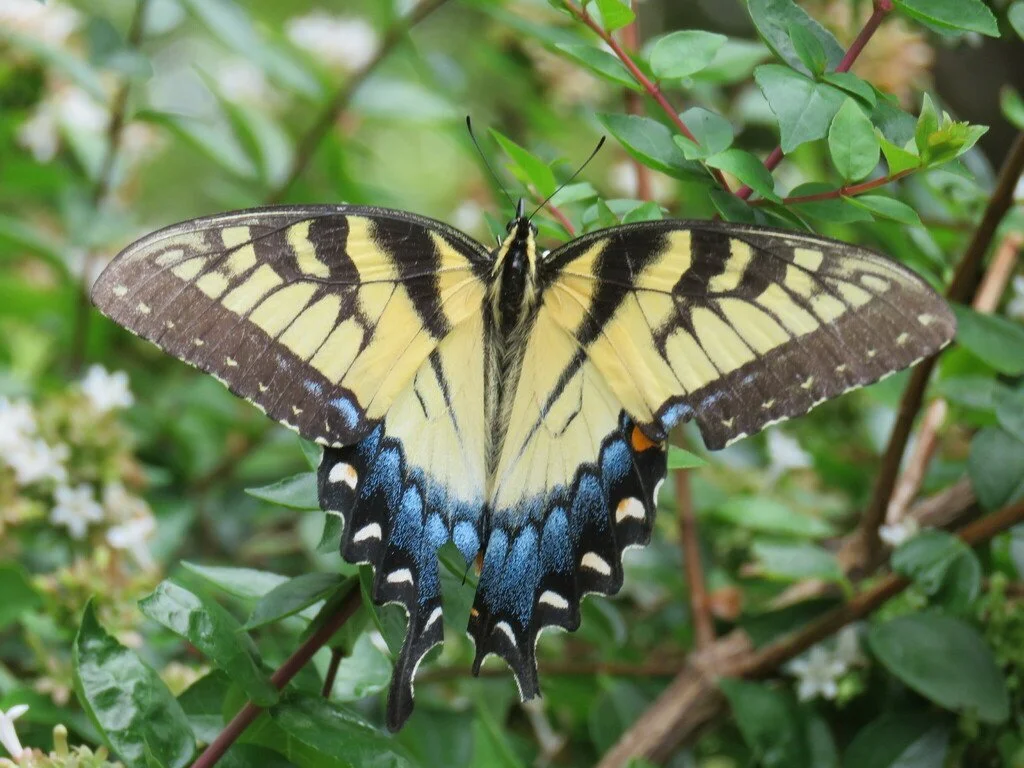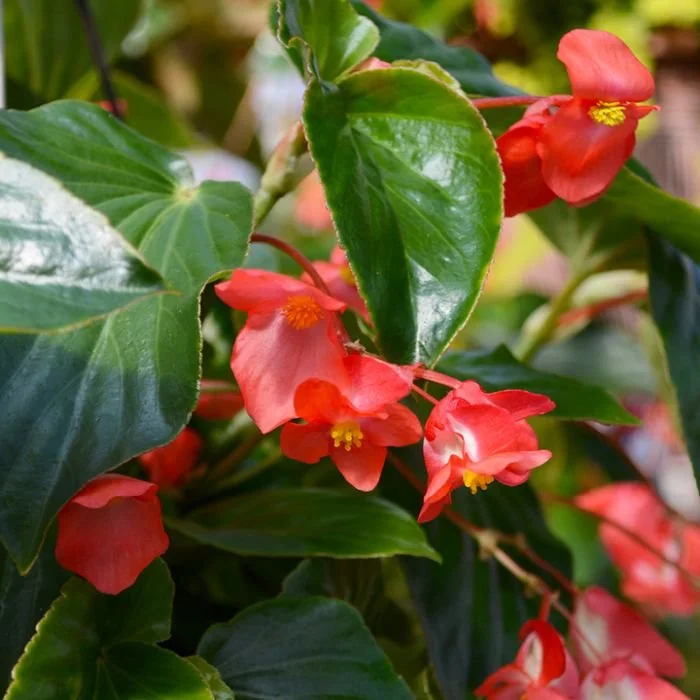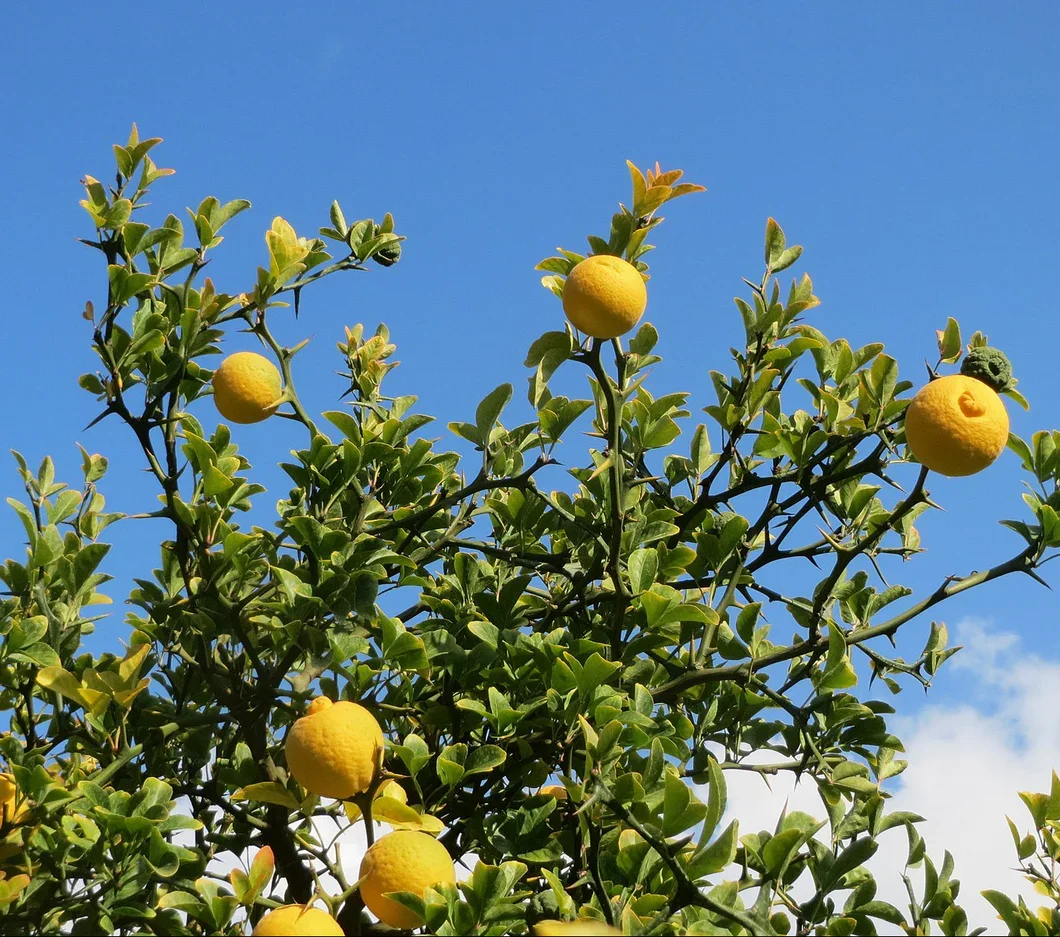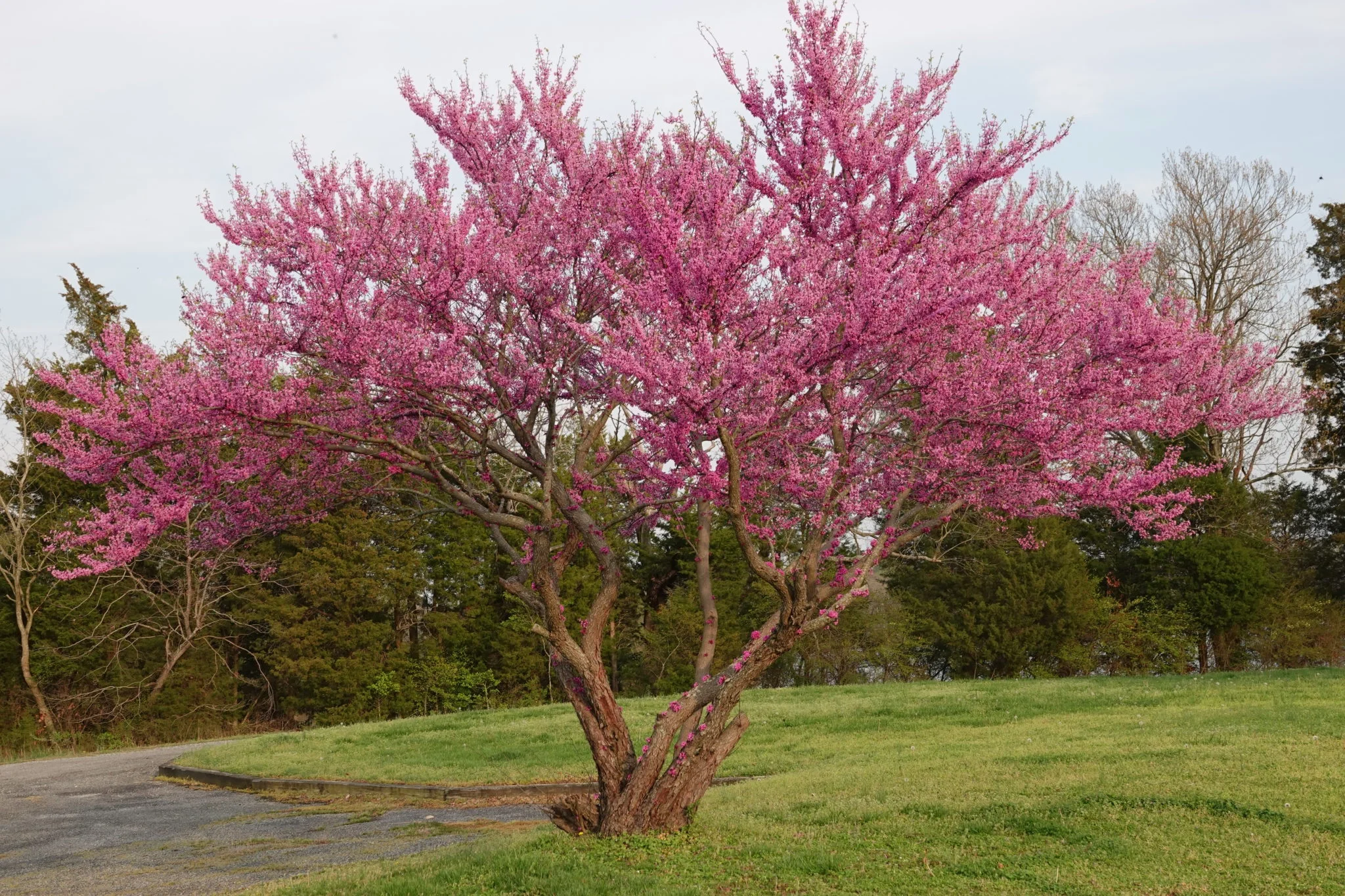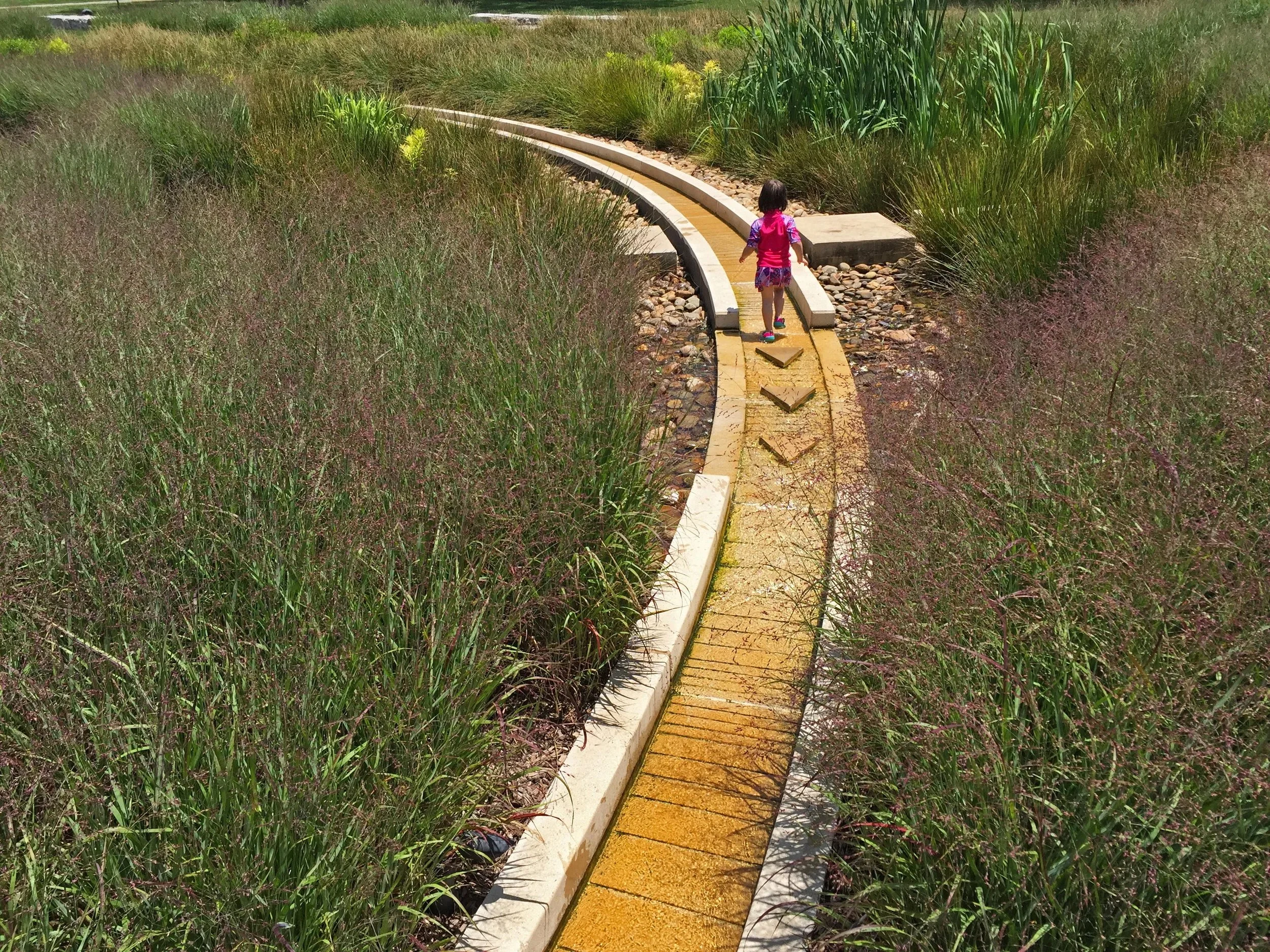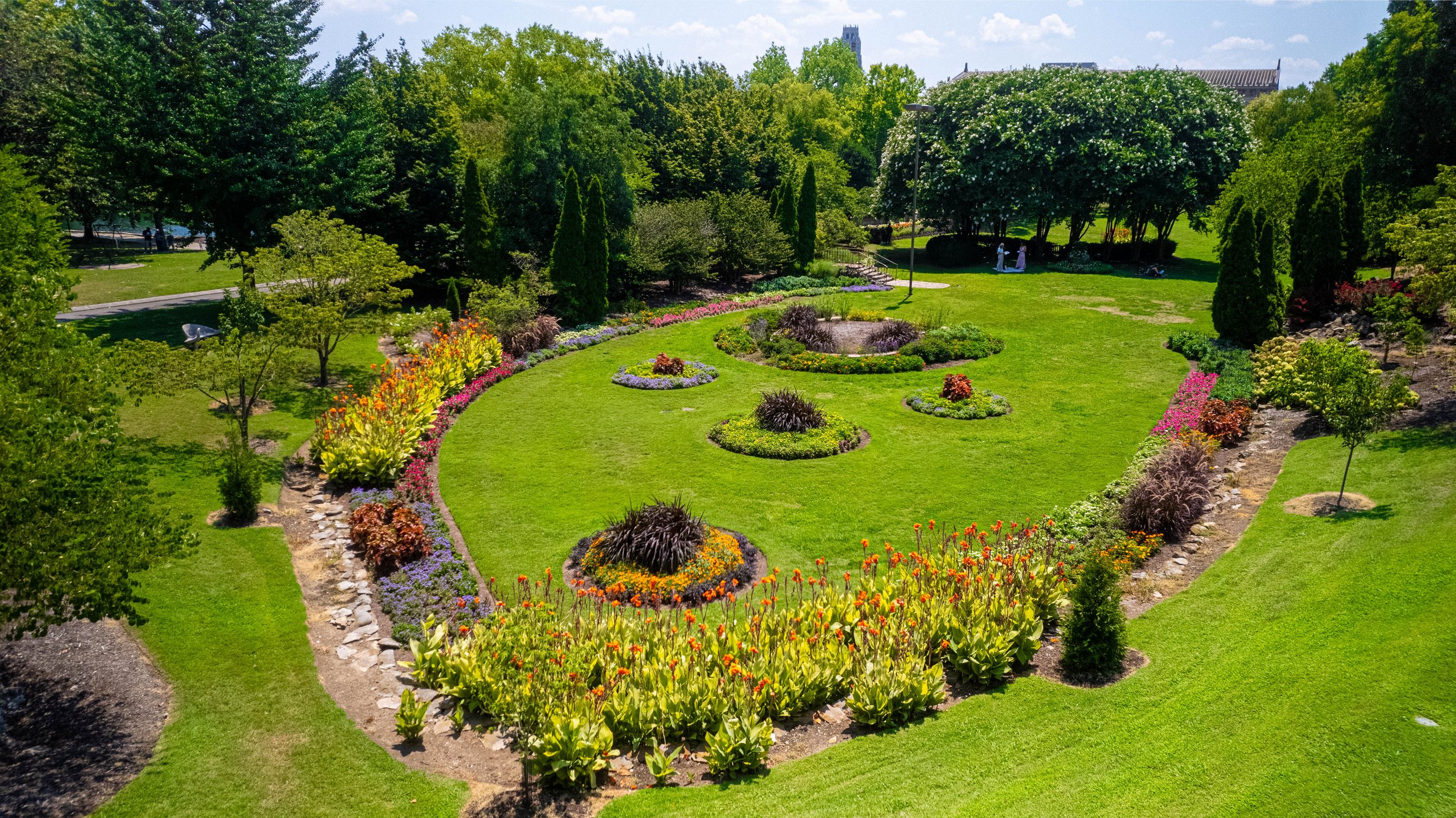
Nature in the Park
Explore the Natural Ecosystem of Centennial Park
Centennial Park: A Living Ecosystem
Centennial Park has been many things over the centuries: seasonal hunting and gathering grounds for indigenous tribes, a farm, a fairground, a racetrack, and the site of the 1897 Tennessee Centennial Exposition. Its history is rich, but through all its changes, one purpose has remained: to facilitate the intersection between people and nature.
Today, its 132 acres of green space offer shaded walking trails, peaceful gardens, and the still waters of Lake Watauga. Towering trees, flower-filled meadows, and open lawns provide a home for countless plants and animals, making the park one of Nashville’s most treasured natural sanctuaries. It is a reminder that even in the middle of a growing city, we can find places where history, community, and the living world come together. For visitors, the park is a sanctuary from the busy city. For wildlife, it is a safe haven where many species can thrive.
Like any ecosystem, Centennial Park is alive with connections. Birds carry seeds that help plants grow. Insects pollinate flowers. Squirrels spread acorns that one day may become mighty oaks. Even the smallest parts of the park, from fallen leaves to hidden roots, play a role in keeping the whole system healthy. This page is your go-to guide to explore the wildlife you might encounter, the plants that bring the park to life, and the water features that tie it all together. Together, these elements form the natural heartbeat of Centennial Park.

Green Space in Action
Centennial Park is more than an urban park—it’s a Nashville oasis of trees, gardens, lawn and water features whose scenic beauty and ecological importance support wildlife, connect people with nature, and enrich the city’s character.
-
Green spaces are areas of nature within cities and towns. They are often defined as land partly or completely covered with grass, trees, shrubs, or other vegetation. These can take many forms, such as: parks, community gardens, green roofs, botanical gardens, tree-lined streets.
-
Urban green spaces play a critical role in city life:
Wildlife Habitat & Biodiversity → They provide food, shelter, and migration stopovers for animals like birds, pollinators, and small mammals.
Cleaner Air & Water → Trees and plants filter air pollutants and reduce stormwater runoff, keeping rivers and streams cleaner.
Climate Benefits → Shade from trees reduces the “urban heat island” effect, helping cool cities during hot summers.
Health & Well-being → Studies show that time spent in green spaces lowers stress, boosts mood, and encourages exercise and outdoor play.
Community & Culture → These spaces foster social connections, serve as gathering places, and often become central to a city’s identity.
-
The Great Lawn → At 19 acres, the Great Lawn is one of the park’s defining features. Restored in 2020 with improved soil, drainage, and durable turf, the lawn now hosts concerts, festivals, and large community gatherings. Wide pedestrian promenades along its edges make it easier for visitors to move through the park, linking the West End Avenue entrance to the Parthenon.
The Sunken Gardens → Tucked away near Lake Watauga, this vibrant garden blooms with color and provides a quiet space for reflection, picnics, and even weddings. The Gardens are also home to a special commemorative bench honoring Taylor Swift, installed after her 2023 sold-out Nashville Eras Tour and in recognition of her nod to the park in her song Invisible String.
Together, features like the Great Lawn and Sunken Gardens showcase how green spaces provide more than beauty; they create places where nature, culture, and community thrive side by side.

ANIMALS
PLANTS
WATER
EVENTS
ANIMALS
Centennial Park is home to a diverse community of wildlife, from squirrels and songbirds to turtles, hawks, and waterfowl. These species rely on the park’s trees, meadows, and waterways for food, shelter, and nesting space, forming a vital ecosystem in the heart of the city. Urban parks like Centennial serve as important refuges for wildlife, helping maintain biodiversity even in bustling downtown areas.
One particularly busy part of this ecosystem can be found on the island in Lake Watauga, where 300,000 honey bees every year call home within five colonies. Introduced in 2015 by Metro Parks, the bees support pollination of flowers, shrubs, and trees throughout the park. The hives are maintained by the Nashville Area Beekeepers Association, supported by the Conservancy with proceeds from Nashville Earth Day.
When tending to the hives, beekeepers often share the space with the Park’s other residents, great blue herons, ducks, geese, cormorants, frogs, and turtles. Some turtles even nest beneath the hives, and geese lay their eggs right on the island’s ground. These quiet intersections remind us that Centennial Park isn’t just a green space, it’s a living community where many species coexist.
-
Urban wildlife are the animals that live in and around cities. They adapt to survive alongside people, buildings, and roads. Some use the food or shelter we provide without even realizing it.
At Centennial Park, you might see squirrels racing up trees, ducks gliding across the pond, or birds like cardinals, hawks, and crows soaring overhead. These creatures remind us that nature is never far away, even in the middle of the city.
As Nashville grows, wildlife and people meet more often. Sometimes this creates challenges, like animals wandering into neighborhoods or pets coming face-to-face with wild visitors. But these creatures also play an important role in keeping the environment balanced and alive.
Centennial Park is not only a place for history, art, and community, it is also a vital sanctuary where nature and people meet. By caring for this space, we protect a living ecosystem that belongs to all of us, and to the generations yet to come.
-
Scientists group urban animals by how they live near people:
Obligates (Pets & Farm Animals): Animals that depend on humans, like cats, dogs, or farm animals.
Exploiters (Thrivers): Animals that take advantage of human resources. Squirrels, raccoons, pigeons, and house sparrows are common “thrivers” in Nashville.
Adapters (Flexible Friends): Animals that do fine near people but don’t rely on us. Coyotes, deer, robins, and red-tailed hawks are examples.
Avoiders (Shy Animals): Animals that usually stay away from humans but may pass through. Foxes, bobcats, or pileated woodpeckers are harder to see in the city, but can be found in larger wild areas near Nashville.
-
Animals that succeed in urban environments usually:
Eat many different kinds of food (fruit, seeds, insects, or small animals).
Can live in a variety of homes (trees, gardens, ponds, or buildings).
Aren’t easily disturbed by people.
Can change their habits when their surroundings change.
For example, hawks in Centennial Park soar high above the trees, using sharp eyesight to spot their prey, while robins adapt by nesting near open lawns and gardens.
-
As Nashville grows, wildlife and people meet more often. Sometimes this creates challenges, like animals wandering into neighborhoods or pets coming face-to-face with wild visitors. But these creatures also play an important role in keeping the environment balanced and alive.
Centennial Park is not only a place for history, art, and community, iit is also a vital sanctuary where nature and people meet. By caring for this space, we protect a living ecosystem that belongs to all of us, and to the generations yet to come.
URBAN WILDLIFE IN THE PARK:










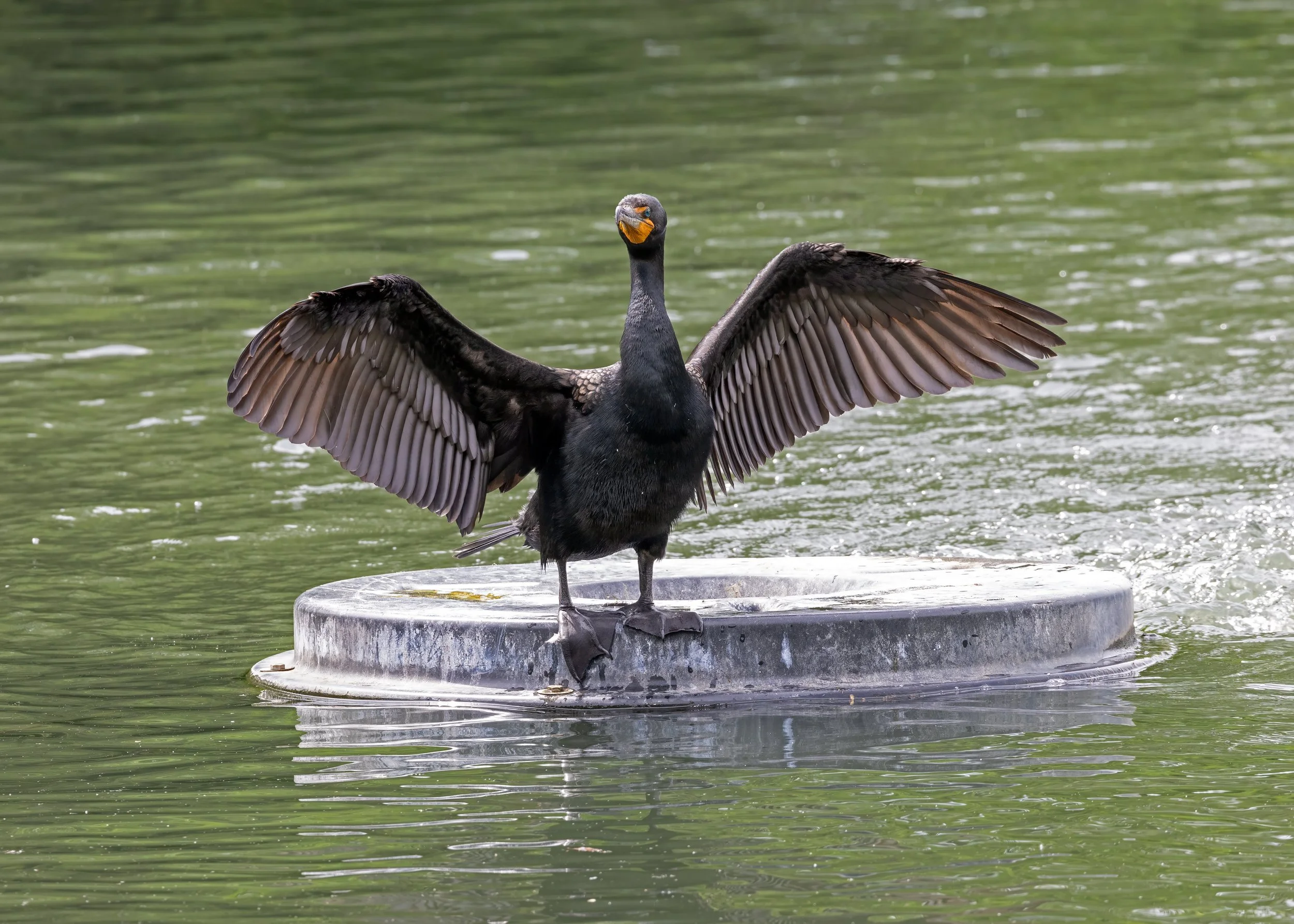
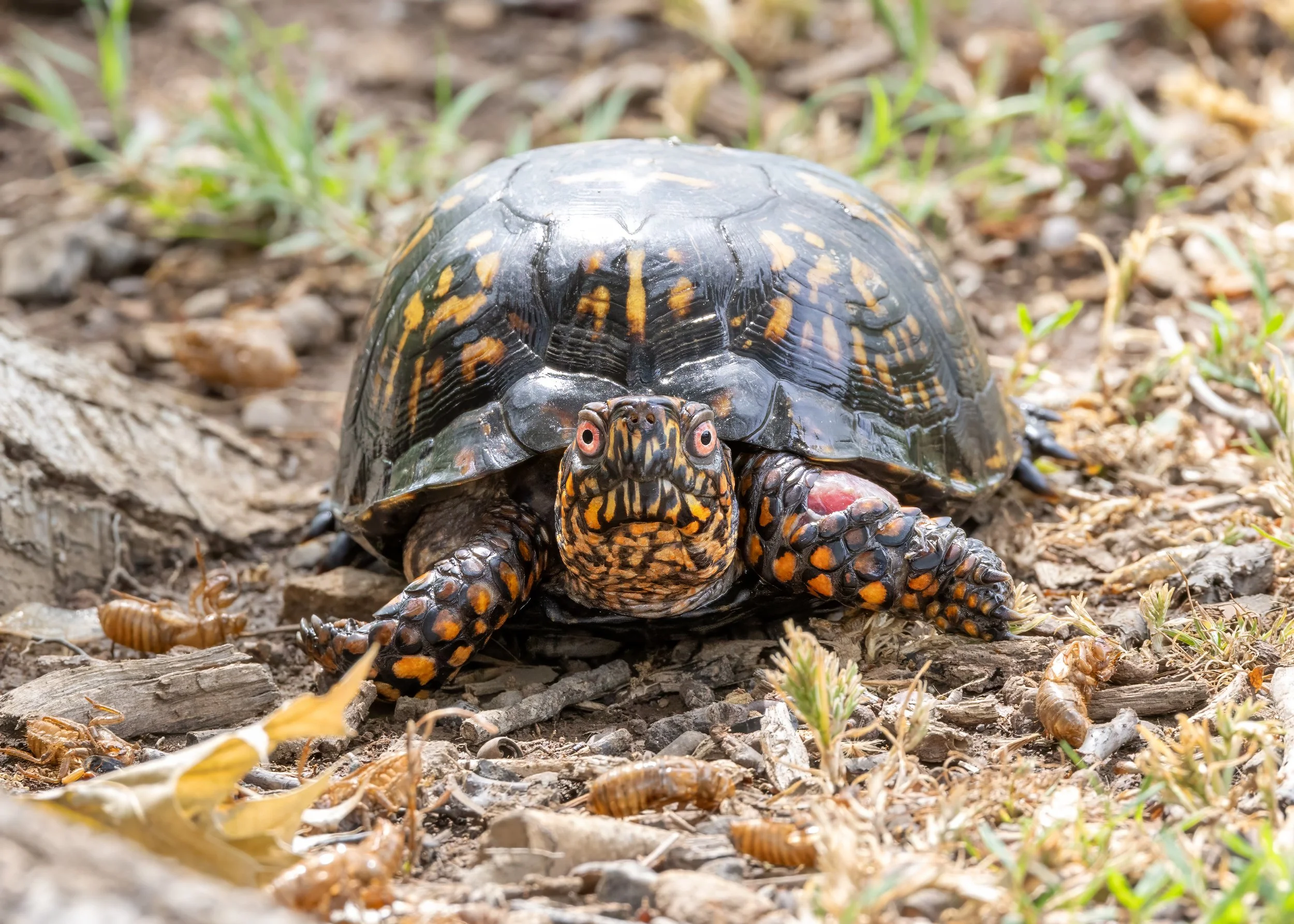













PLANTS
Centennial Park’s landscape is a dynamic mosaic of trees, flowers, and grasses that shape the park’s beauty and ecological health. From the colorful annuals in the Sunken Garden to the sturdy oaks and tulip trees along walking paths, these plants provide food and shelter for pollinators, birds, and other wildlife while enriching visitors’ experiences across the seasons.
Park horticulturists carefully manage plantings to support both aesthetics and biodiversity. Of the Metro Parks, Centennial Park most utilizes Victorian park design with a blend of formality and naturalism. Two examples of this ornamental horticultural approach are the north side’s Sunken Garden and the herb garden at the Park’s Centennial Art Center (which is tended by the Herb Garden Society of Nashville). These both are favorite colorful and peaceful destinations for visitors. Native species like coneflowers, black-eyed Susans, and mountain mint thrive alongside ornamentals such as begonias and pink muhly grass, ensure the park remains vibrant year-round.
The Park’s 132-acres are also home to over 2,000 trees, with species such as Cherry, Hackberry, Magnolia, Maple, Oak and Redbud all being plentiful (along with a few fruit-bearing Paw Paws as well). In addition, The Great Lawn is a favorite place for picnics and recreation, and features dense Bermuda grass which turns brown during dormant winter months, but is renowned for its resilience..
As the Park continues to grow and evolve, so does its living landscape—an ever-changing expression of artistry and ecology. Each plant contributes to the Park’s beauty, biodiversity, and sense of place, ensuring Centennial Park remains a vibrant, restorative haven for generations to come.
What’s the story of the pixel-shaped tree?
Many park visitors spot this unique tree just along the oval near the Parthenon entrance. It is part of a unique initiative that blends art and ecology. In 2022, The Nashville Tree Project sought to raise awareness for national crisis of tree loss caused by the emerald ash borer—an invasive beetle that could kill 10% of the city’s trees. Rather than removing all damaged ash trees, select dying trees were transformed into public sculptures—turning loss into creativity. At Centennial Park, artist Anthony Heinz May reimagined a fallen ash tree into a fractured sculpture that symbolizes the delicate relationship between people and nature. Learn more about the project and watch a video of its installation.
“Axes of the Meliad” Tree
In 2014, The Nature Conservancy partnered with musicians to ask If Trees Could Sing. This campaign filmed throughout the state (including this video shot in Centennial Park) invited park-goers to see trees not just as background scenery, but as living neighbors that clean our air, cool our city, and provide homes for birds, squirrels, and insects.
“If Trees Could Sing”
PLANTS IN THE PARK:








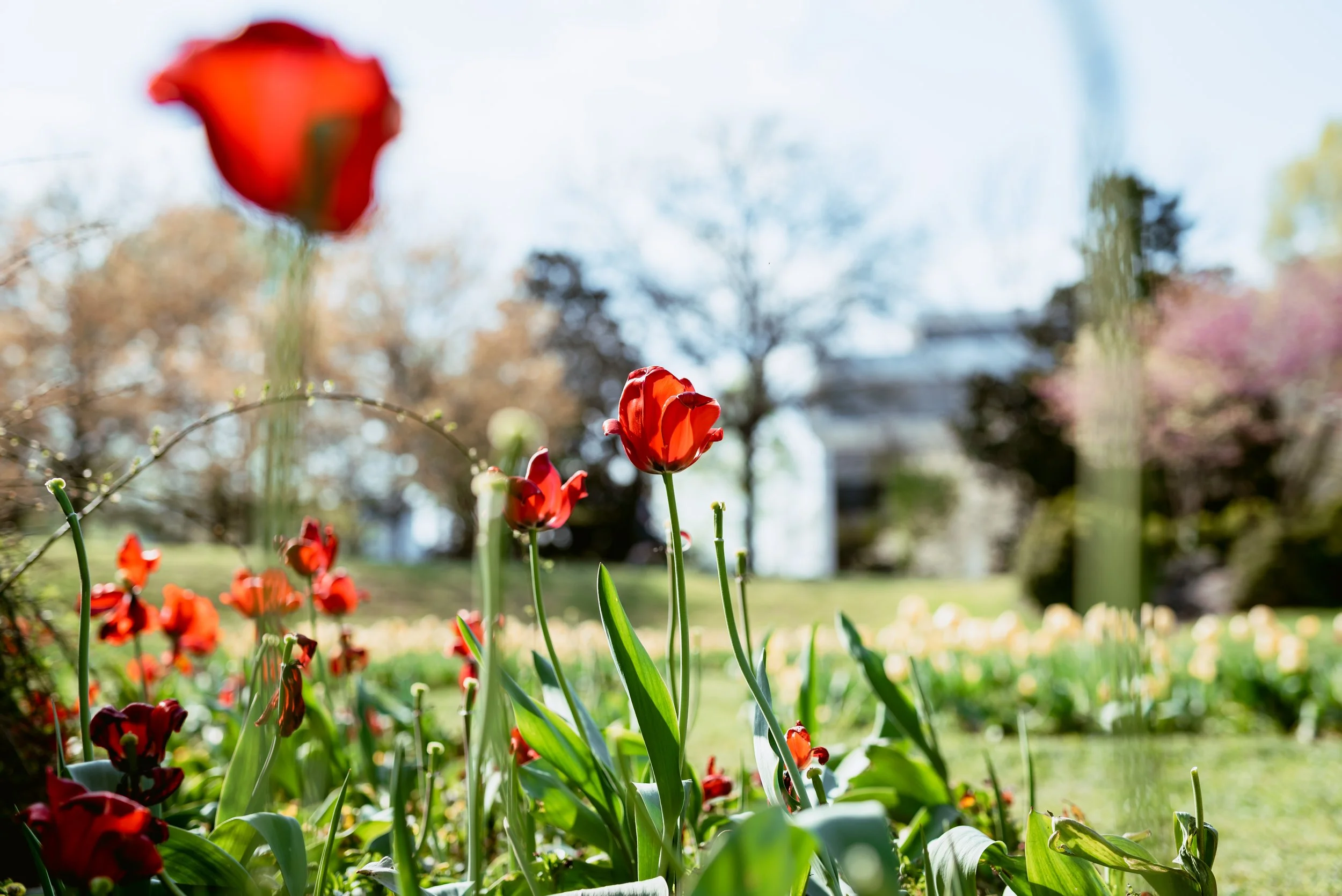
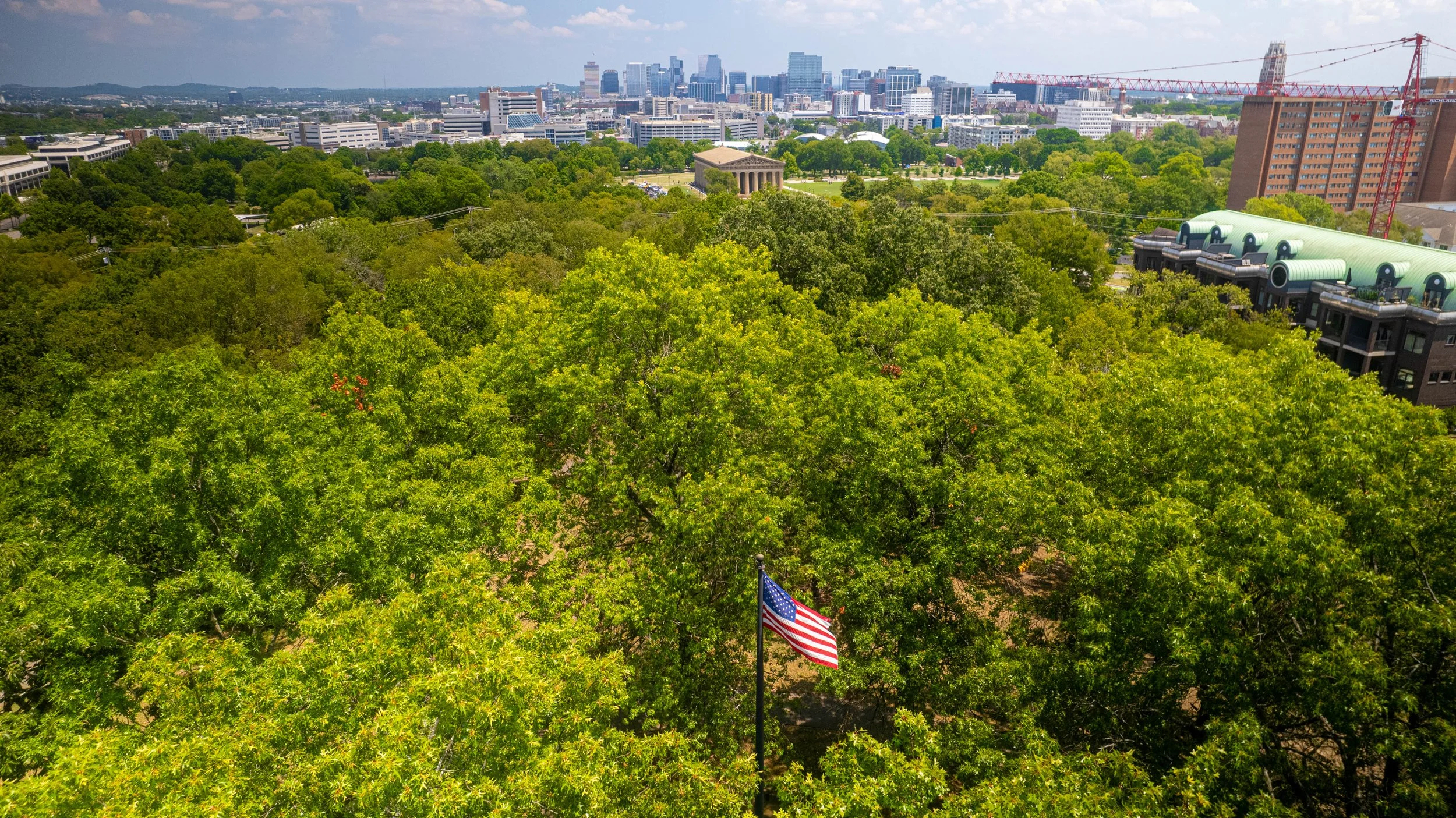

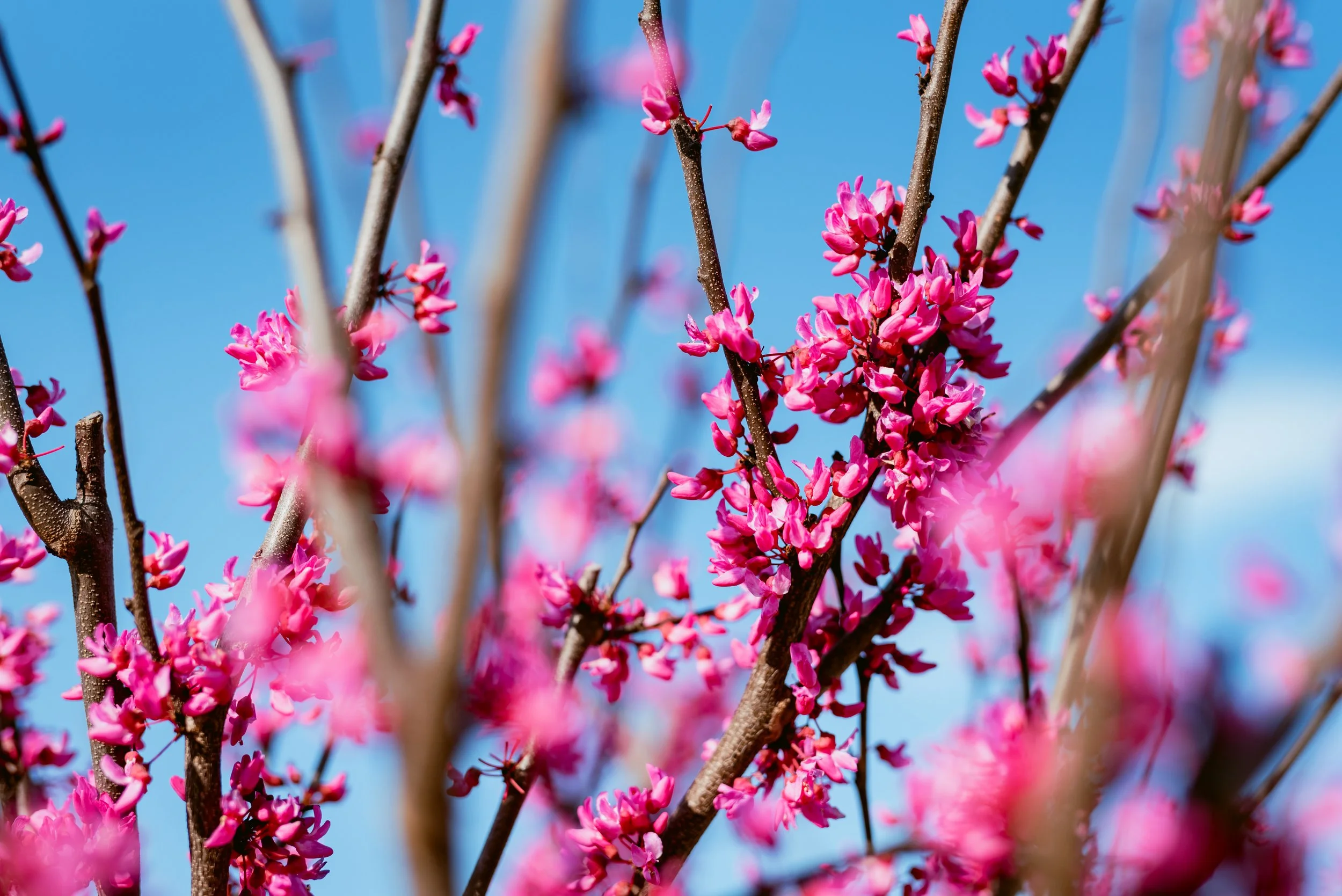


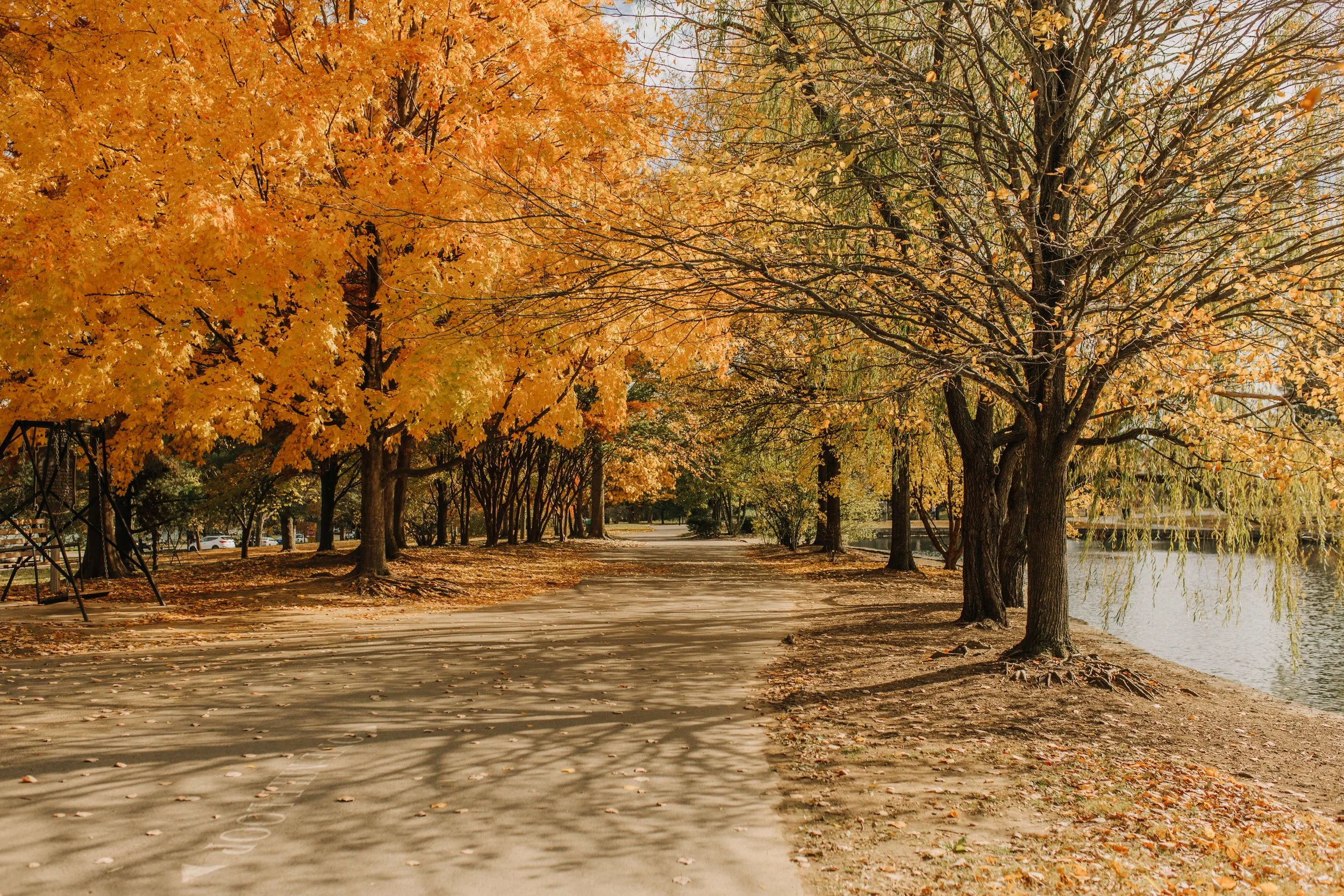


WATER
Water features are another valuable natural element in an urban park. They support wildlife, enhance scenic beauty, and offer visitors a peaceful place to rest and reflect. At Centennial Park, two special water features help anchor the ecosystem:
Lake Watauga
A man-made lake created for the 1897 Tennessee Centennial Exposition.
Today, it is home to ducks, geese, turtles, fish, and visiting migratory birds.
The lake provides a resting spot for waterfowl, a breeding area for aquatic life, and a source of water for plants and animals nearby.
It also helps cool the park and provides visitors with scenic walking paths and opportunities for birdwatching.
Cockrill Spring
One of the oldest natural features of the park, this freshwater spring once served as a vital water source for travelers along the historic Natchez Trace & city residents
Springs like this filter groundwater naturally, providing clean, cool water that supports plants and animals. It also connects us to the park’s history while nourishing its ecosystem.
It was was closed at the turn of the century during a cholera epidemic, and daylighted again in 2014.
It can produce up to 100 gallons of water per minute

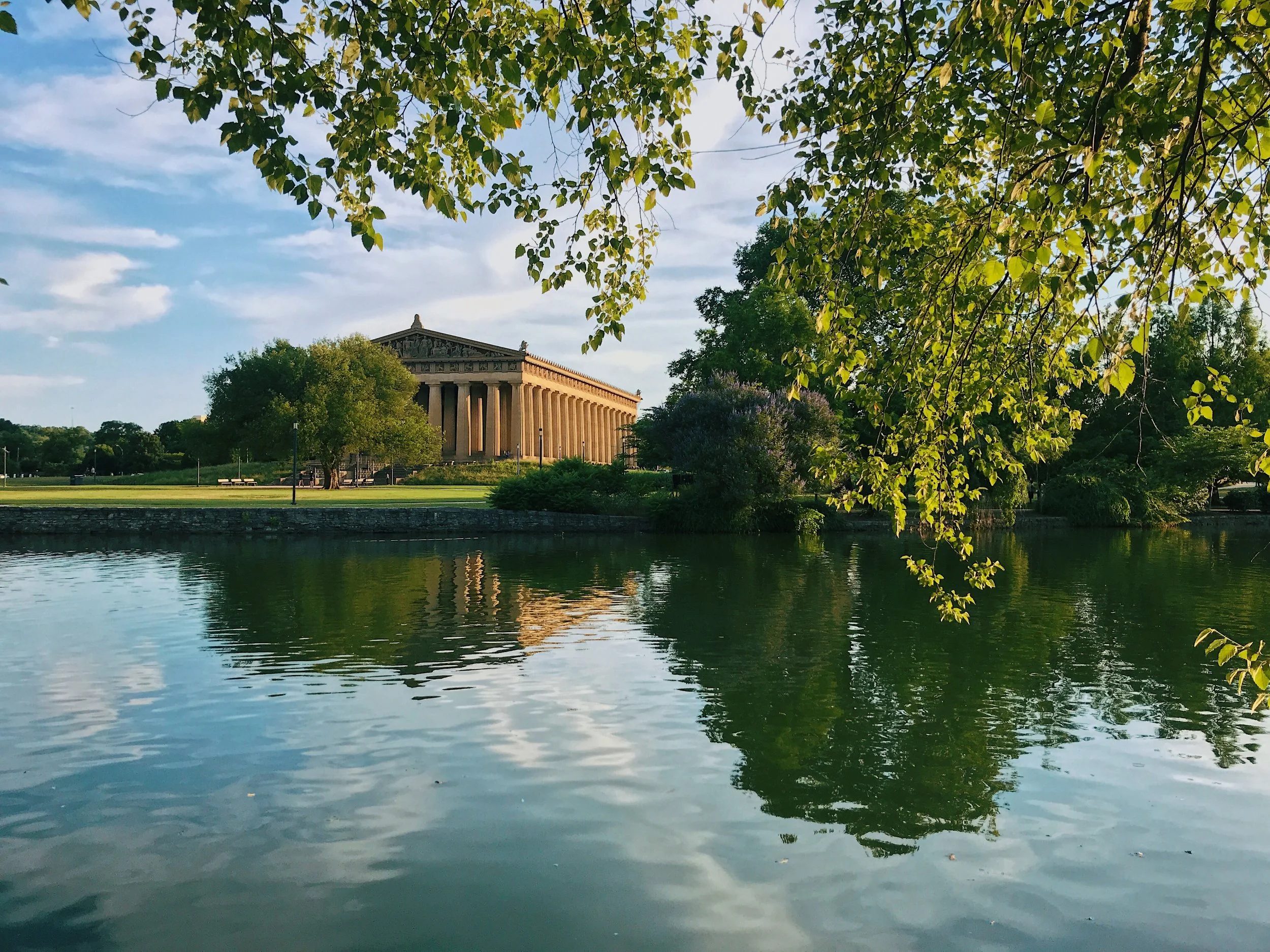

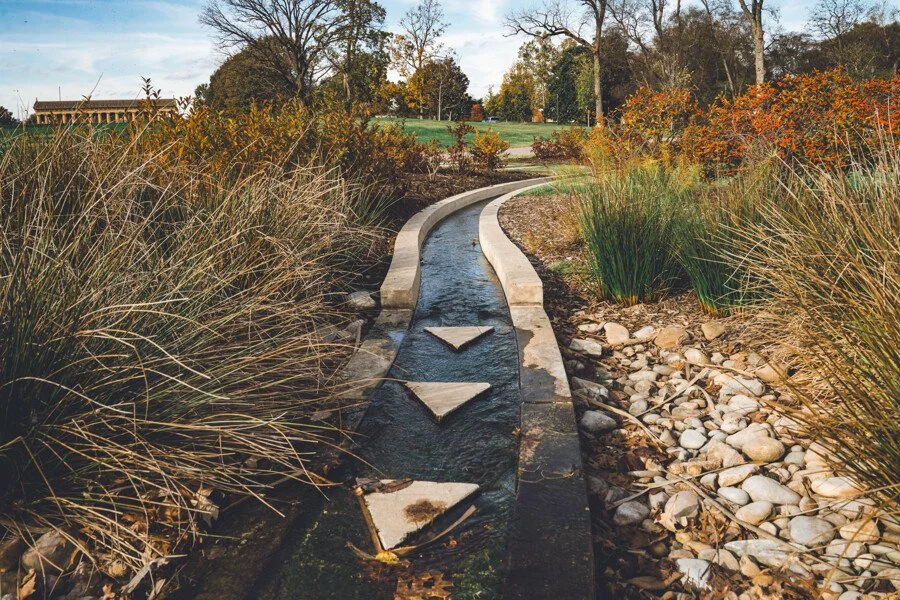




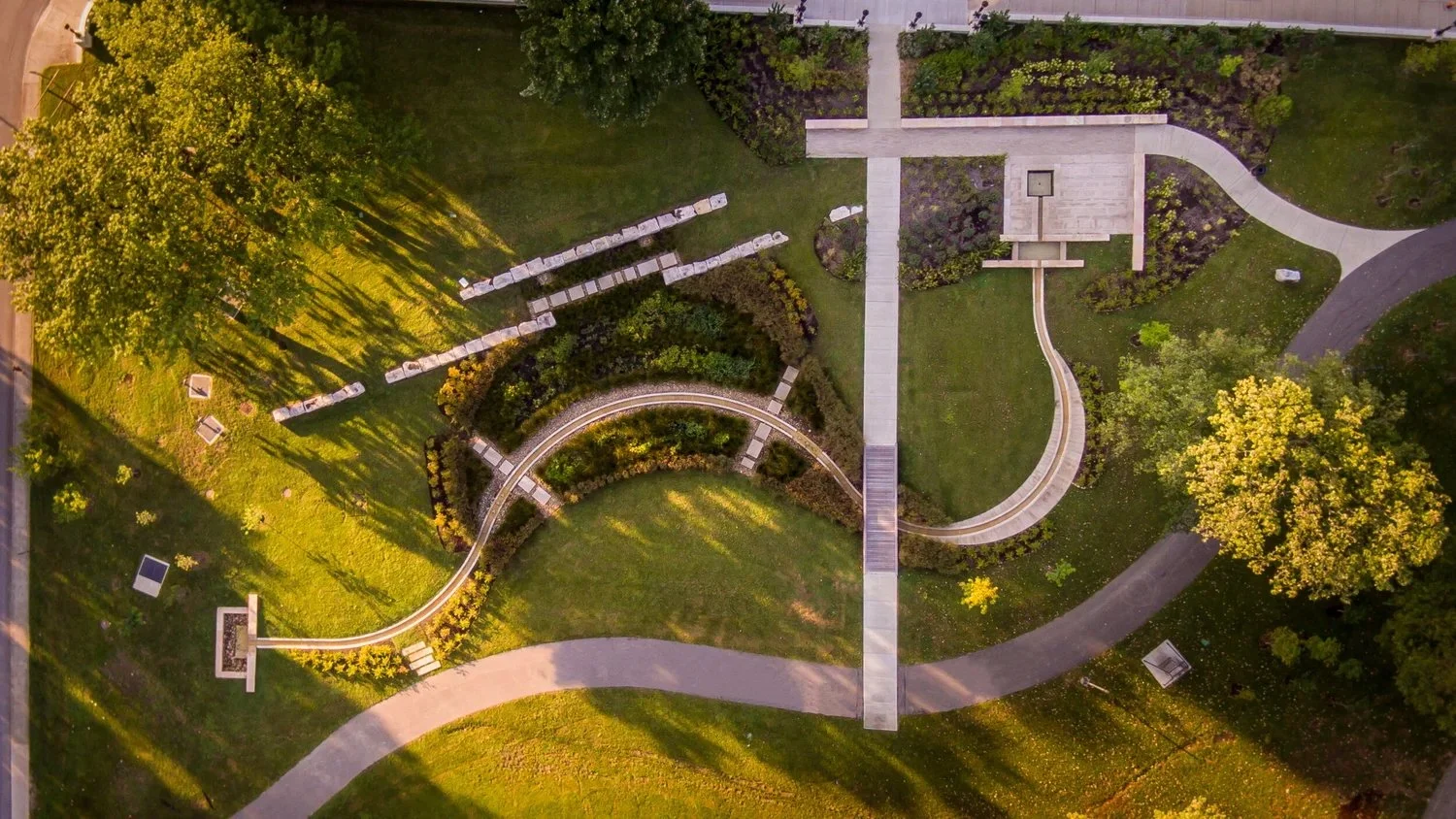



Upcoming Nature Events
Centennial Park Conservancy underwrites a variety of events that advance the community’s appreciation for the environment and the natural beauty of the park.
Make an impact today
You can sustain the vibrancy of Centennial Park.
Help us support Metro Parks in preserving and advocating for the Park through:
🐝 Underwriting care for the Park's resident pollinator bees
🌳 Funding revitalization landscaping and tree planting
🥾 Hosting educational nature walks
🗑️ Removing trash regularly
🌼 Managing and building the Park's Beautification Fund







